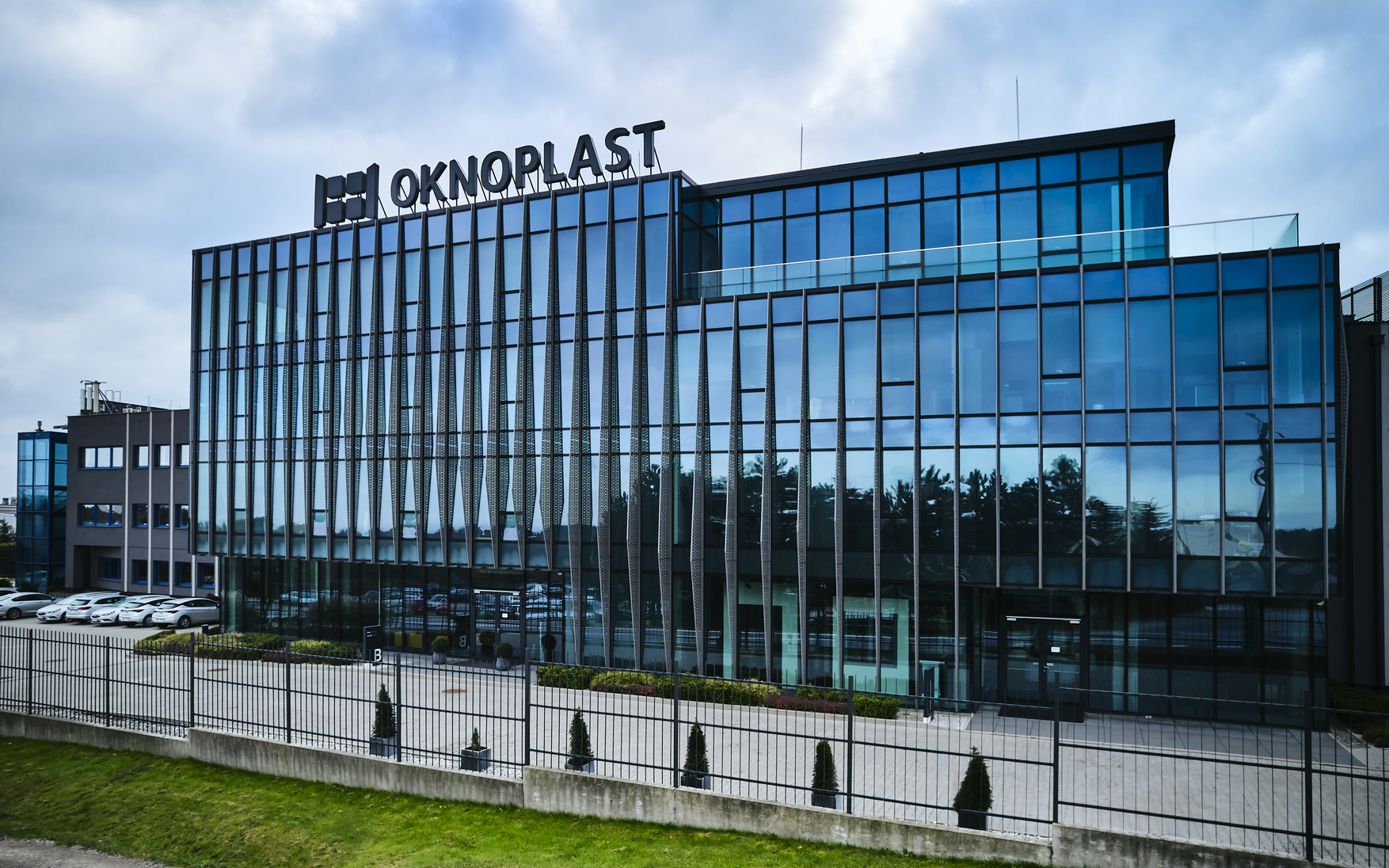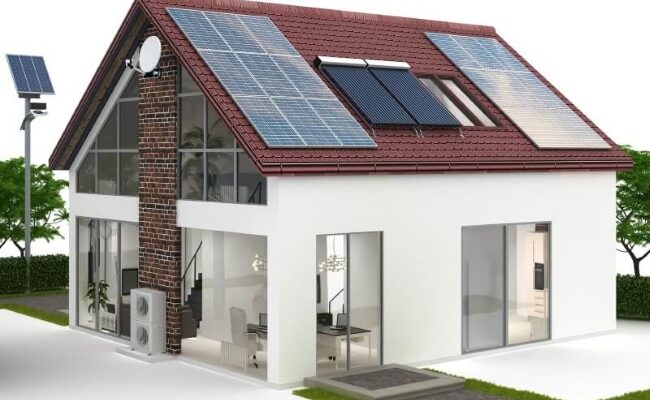What matters is the positive energy balance The high-energy house is the successor to the low-energy house. It produces more energy than is needed for the daily needs of residents. It thus meets the highest energy standards in modern construction and the latest requirements of the Energy Saving Ordinance (EnEV). The focus is on photovoltaics, which…
powered by electricity and guarantees emission-free operation. Furthermore, the surplus of clean electricity can be transferred to the public grid and thus makes an important contribution to the fight against environmental pollution.
Structural characteristics of positive energy houses
Semi-detached house, architect’s house, bungalow, solid house, prefabricated house, wooden house: it doesn’t matter which type of house and which construction method you choose; Every house can be built as a positive energy house. With well-thought-out planning you can optimize the construction of your energy-positive house right from the start and avoid mistakes early on. So prepare your home better to the south so that we can make optimal use of the sun’s rays to generate solar energy.
The construction of the roof is of secondary importance. Thanks to the overhead installation of the photovoltaic modules, even a gable roof or a flat roof achieves maximum energy gain. With large window surfaces it is possible to create rooms effective with solar energyto warm up. Choose triple glazing with insulating frames.
Since good outer shell construction determines the home’s heating energy needs, the home must be built airtight so that heat does not escape to the outside. Always check that the connection data is free from thermal bridges. Here you can consider professional construction support, who will carry out all inspection work on the construction site for you.
Construction technique in a positive energy house
A well-insulated house requires a constant supply of fresh air. For example, install a ventilation system with heat recovery to make even better use of thermal energy Increase your living comfort. The use of heat pumps with geothermal heat also makes a lot of sense, although in this case a larger property would be an advantage. Most positive energy houses are equipped with underfloor heating instead of classic radiators (as in passive houses). Smart home technology should also not be missing in an efficient home. Controlling heating, lighting or room temperature is a breeze while residents are away.
Positive energy homes and benefits for residents

Living in an energy positive home has numerous benefits for residents. First of all, you save on energy costs: since you are independent from rising energy prices, At the same time, consumption costs are reduced. Living in an energy positive house also means a huge increase in the quality of life because healthy building materials such as wood are used in the construction. The energy-positive house as an eco-house also has a positive impact on the climate and preserves environmental resources.
KfW financing for the construction of an energy-positive house
Valid from April 2016 increased requirements to highly energy efficient construction. The “Energy Efficient Building” financing program of the KfW (Reconstruction Credit Institute) continues to subsidize the construction of the KfW Efficiency House 55 and the KfW Efficiency House 40. The previously financed Efficiency House 70 has been replaced by the new financing standard KfW Efficiency House 40 Plus. With these changes, KfW is laying the foundations for the construction of energy-positive houses that receive the more funding.
Conclusion
Designing a positive energy house is achievable with any architectural style or construction method, whether it’s a semi-detached home, a bungalow, a prefabricated unit, or a wooden house. The key lies in intelligent and forward-thinking planning from the very beginning. By optimizing design decisions early, you can ensure maximum energy efficiency, minimize waste, and reduce the need for costly adjustments later on. One of the most effective strategies is to orient the home toward the south, allowing the building to capture the greatest possible amount of sunlight throughout the year. This simple yet powerful decision supports the efficient generation of solar energy and enhances the home’s overall energy balance.
The type of roof you select is less critical than how effectively it is utilized. Whether it’s a gable roof, flat roof, or any other design, photovoltaic modules can be installed overhead to ensure high energy production. This flexibility allows homeowners to combine aesthetic preferences with functional energy generation. Moreover, the integration of large windows plays a vital role in passive solar heating, helping interior spaces maintain comfortable temperatures naturally. To improve insulation and reduce heat loss, it is essential to invest in triple-glazed windows with thermally insulated frames.
Ultimately, building a positive energy home is not just about using advanced technology—it’s about adopting a holistic approach that harmonizes design, orientation, and material selection. Each decision, from window placement to roof design, contributes to the overall energy performance of the building. When executed thoughtfully, the result is a home that not only produces more energy than it consumes but also offers exceptional comfort, sustainability, and long-term economic value. Through smart planning and responsible construction, every homeowner can contribute to a greener and more energy-efficient future.
latest posts published

The basement as an ideal place for a home sauna
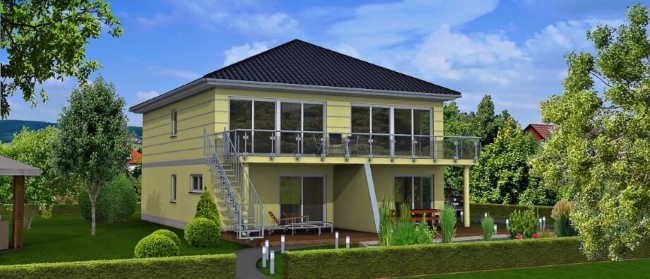
Building a condo is a breeze | What’s behind a condominium?
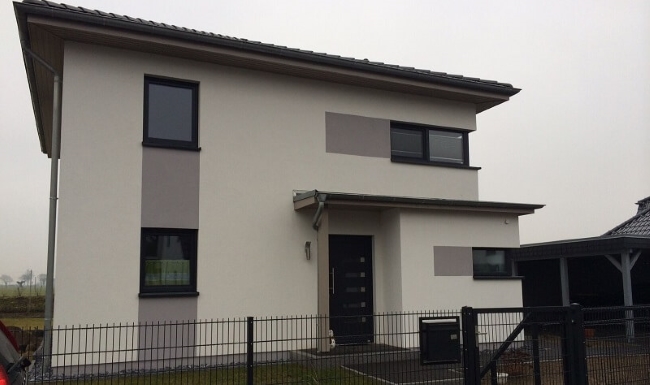
Splash protection for facades – that’s why it makes sense
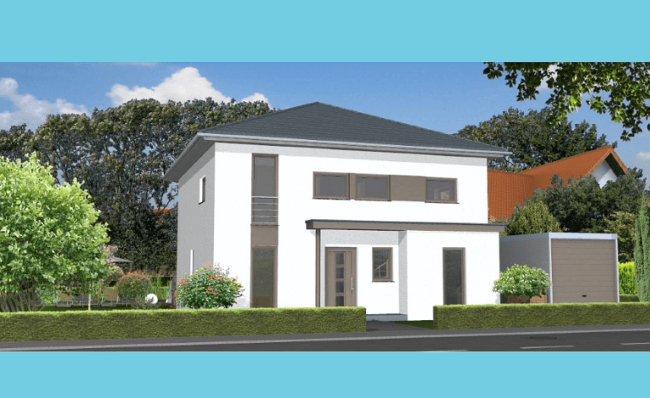
How to design your home with a covered garage

Build savings in times of low interest rates
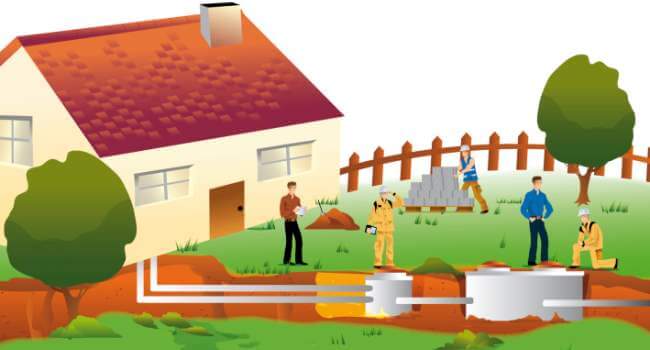
Useful information on property drainage | Considerations during construction
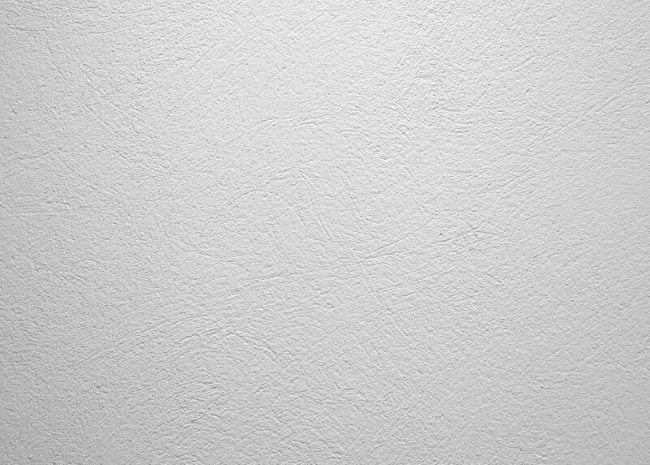
Interior wall plaster in brief
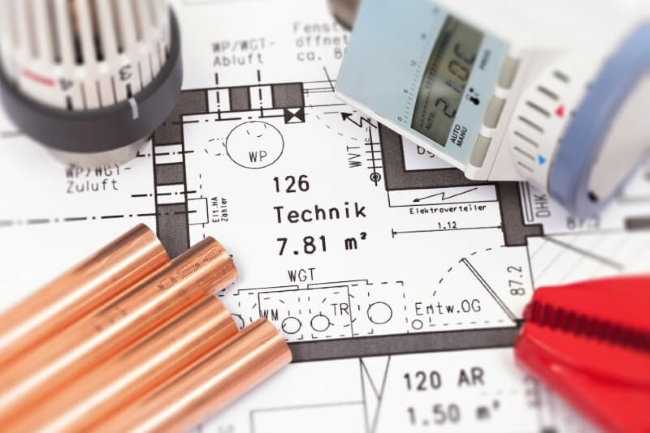
Heating with oil, gas or electricity
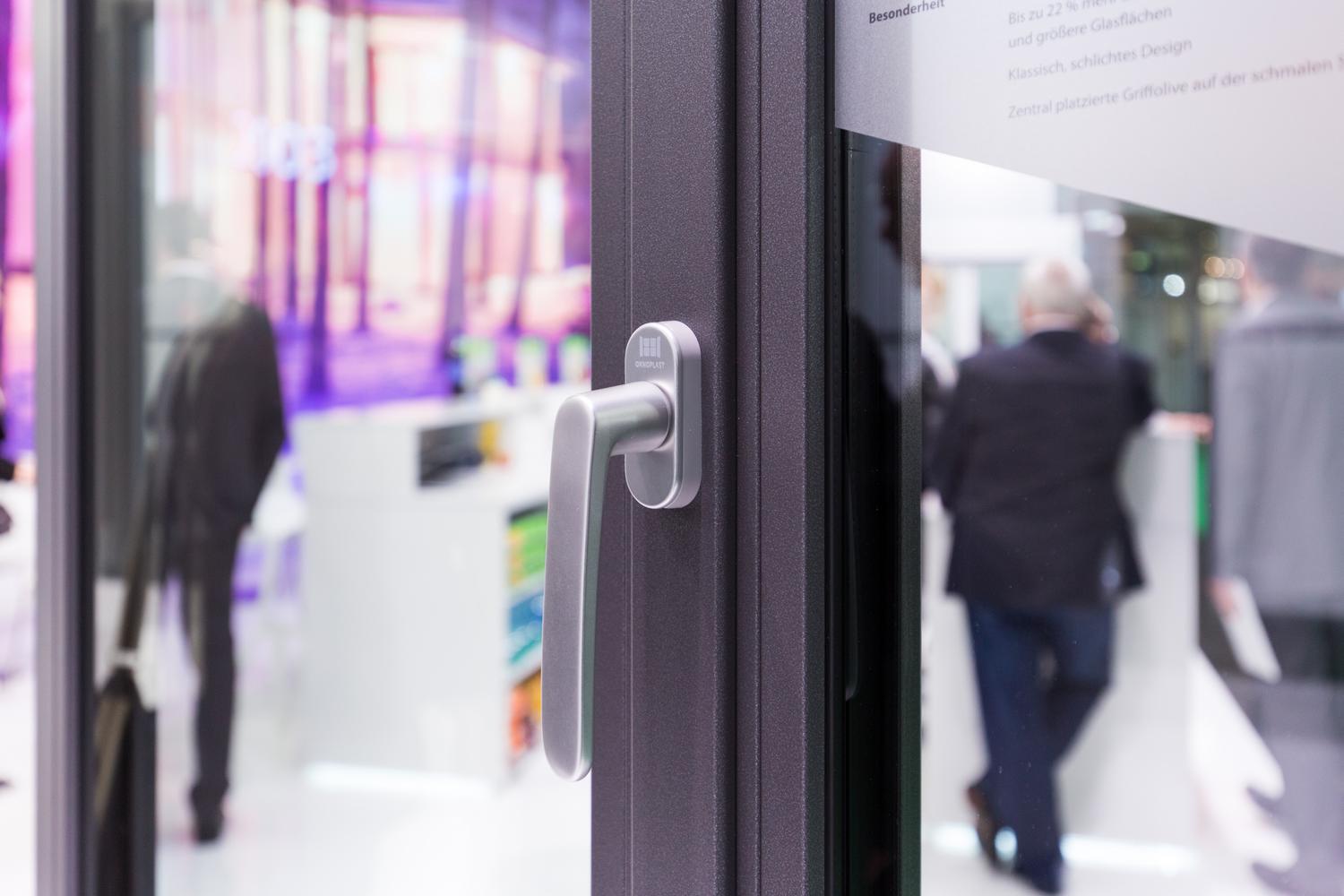
Foil as desired | Oknoplast
